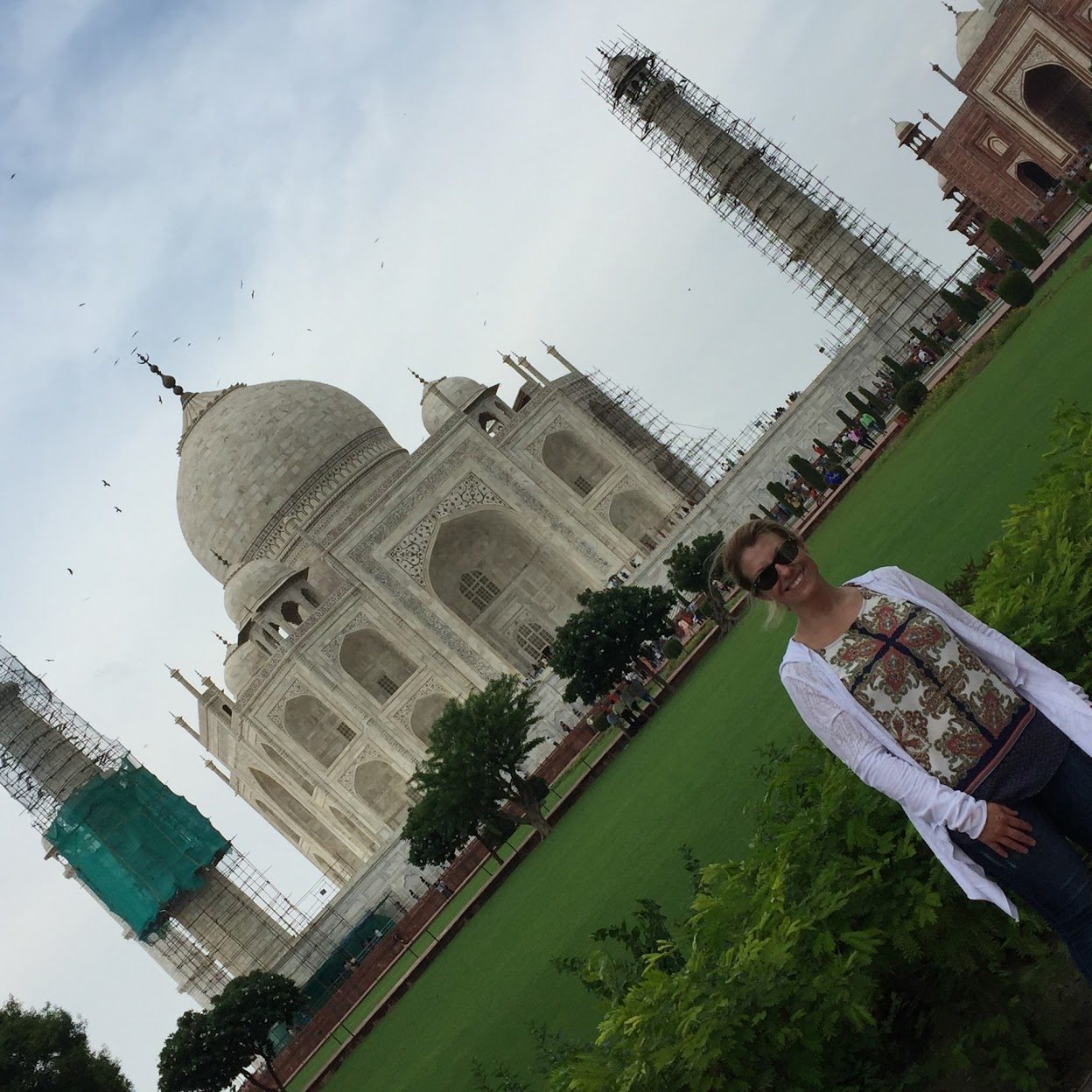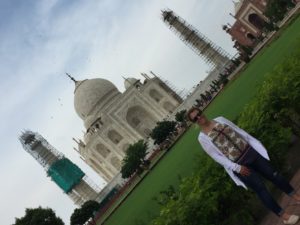
 A friend of mine recently asked me why I never talk much about my trip to India, last year. I like to travel. Where’s the long and winding blog post about my observations and experiences?
A friend of mine recently asked me why I never talk much about my trip to India, last year. I like to travel. Where’s the long and winding blog post about my observations and experiences?
“You just wrote a boring blog post and never spoke about it, again.”
So, yeah, it’s been about a year since I went to India. The hospitality was great, and I had a wonderful time at an HR conference for two days. Then I spent a week by myself touring around the countryside and up to the Taj Mahal.
I didn’t get sick, nobody tried to hurt me, and I have a ton of phenomenal iPhone photos. Many people were warm and welcoming, which is consistent with how Americans are greeted by almost everyone in the world. And I only saw a small slice of a large country. I barely scratched the surface.
But the trip was challenging at times. I’m still so overcome with the lingering mental images of childhood poverty and human desperation that I can’t manage to write a blog post without crying. I’m too Western and too privileged and too white to write anything helpful or useful. My progressive liberalism isn’t practical, and I’m not equipped to advance a discussion on poverty and social inequality in India.
What do I know of the wars? The struggle for independence? The long-standing faith-based battles between the different regions? The good work that’s been done by NGOs? The future investments that will be made by an up-and-coming generation of Indian entrepreneurs?
I know nothing. And it’s not like America is entirely awesome, either. We grapple with homelessness and crime, and there’s no shortage of human depravity from small towns in Appalachia to the suburbs of Seattle. In that way, some of the communities I saw in India were similar to neighborhoods in Alabama and Oregon. When society fails women and children, it fails the entire family.
But there’s a special kind of heartache about the poverty I witnessed in India. According to Wikipedia, 79.8% of the population of India practices Hinduism and 14.2% adheres to Islam, while the remaining 6% adheres to other religions (Christianity, Sikhism, Buddhism, Jainism and various indigenous ethnically-bound faiths). But when you look around and the conditions in which some people live, especially migrants and individuals looking for work and begging on the streets, you can only come to one conclusion: there is no God.
While I have beautiful memories of touristy sites and towns, I also saw humans and wild boars rummage for food from the same trash heap. I saw how people go to the bathroom on the streets and in rivers because there aren’t toilets or they choose not to use them. And I saw how people earn money when young women and children are “engines of the economy” and not simply human beings who deserve an education and a safe place to sleep.
India is chaos on steroids, which is fine for some people but hard on my heart. Everywhere I went in India, people asked for my help in leaving their country. At the hotels. At the HR conference. In line with other Indian tourists while visiting local mosques. At breakfast. During lunch. While eating dinner. My tour guides all over Delhi and beyond. Even in my car on the way to the airport, my driver asked for my assistance. He loved America so much that he named his brand new baby “Ryan.” Could I please help him find work in the United States?
It’s hard to tell someone who is locked into a system of economic inequality and poverty that the American spirit is rooted in the firm notion that nobody can solve your problems better than you. Nobody has better answers to your life’s questions, challenges, and struggles than you. Nobody can deliver on your dream other than you.
And I wasn’t about to tell my poor driver that Americans are all about self-determination, and we believe that we can defy the odds and make things happen based on our sheer will. I couldn’t say it because the American dream is unavailable to most Americans, and it causes us an infinite amount of emotional heartache. Why start this conversation with someone who earns less than $2/day?
So, here’s what I did in India: I embraced the American stereotype of smiling and saying hello. I tipped well. I encouraged people never to stop dreaming. While I couldn’t truly help a single soul, I tried to be an ambassador for a brand that doesn’t even live up to the hype back at home.
Then I came home and cried for a few days from the jetlag. And, when I shared my story with seasoned American travelers, many of them told me that my first experience with India was very typical and not at all xenophobic. Future trips will get easier, and, also, more enjoyable.
So, I haven’t been asked to return to India, just yet. Maybe there’s something in my file. But I’m hoping to see more of the country at some point in my future, and, when I do, I hope to travel more with locals who can educate me on what I’m seeing and also what I should know as an American visiting their country.
A travel buddy who doesn’t need a visa from me would be great.
You must be logged in to post a comment.